Coffee has become ingrained in our society and is much more prevalent today than it once was. The selection seems almost endless with cafes, coffee shops, and specialty stores found on almost every corner, not just in the United States but worldwide. According to a 2023 survey by Drive Research, 73% of Americans drink coffee every day, and 93% drink it at least once a week.
Companies like Starbucks and Dunkin’ Donuts have become synonymous with the American culture and extend far beyond the U.S. borders and are continuously altering what products they offer to entice a range of ages and demographics. But these two powerhouses are only a fraction of the many offerings Americans have come to expect when opting for a cup of joe, whether in the morning on the way to work or as an afternoon pick-me-up.
It is such a beloved beverage that there are even festivals celebrating all things coffee – the makers, the bean itself, and the many different uses. (It’s not the only festival in the U.S. celebrating food or beverage. The Nathan’s Hotdog competition, held each July 4th, honors the frankfurter with its famous hot dog-eating contest. But 16-time champion Joey Chestnut won’t be participating because of a deal he has with plant-based dog maker, Impossible Foods.)
Java has become an integral part of the modern world and it’s hard to imagine a time when no one drank it. However, the bold, tasty, energizing beverage is a relatively recent addition to civilization, and sources differ on when it was precisely discovered – as a beverage, the first definitive account of the use of coffee comes from Yemeni Ahmed al-Ghaffar in the 15th century, but it was said to have been eaten in Ethiopia around 575 CE.
The coffee bean eventually made its way through the Middle East into Europe, and, even though it has been around for so long, we don’t often realize how many interesting tidbits there are about coffee. Used for just about everything from an early morning wake-up to serious religious rituals, coffee, which contains a stimulant called caffeine, has become a mainstay of modern culture.
To compile a list of surprising insights into the world of coffee, 24/7 Tempo consulted various entertainment and industry websites, including Good Housekeeping, Coffee1, and Common Room Roasters. We then selected a range of surprising aspects of coffee and its derivative tree and confirmed certain aspects of the information using sites like World Atlas and Cancer.org. (For more liquid libations, discover the most iconic drink from each state everyone should try.)
Coffee is a fruit
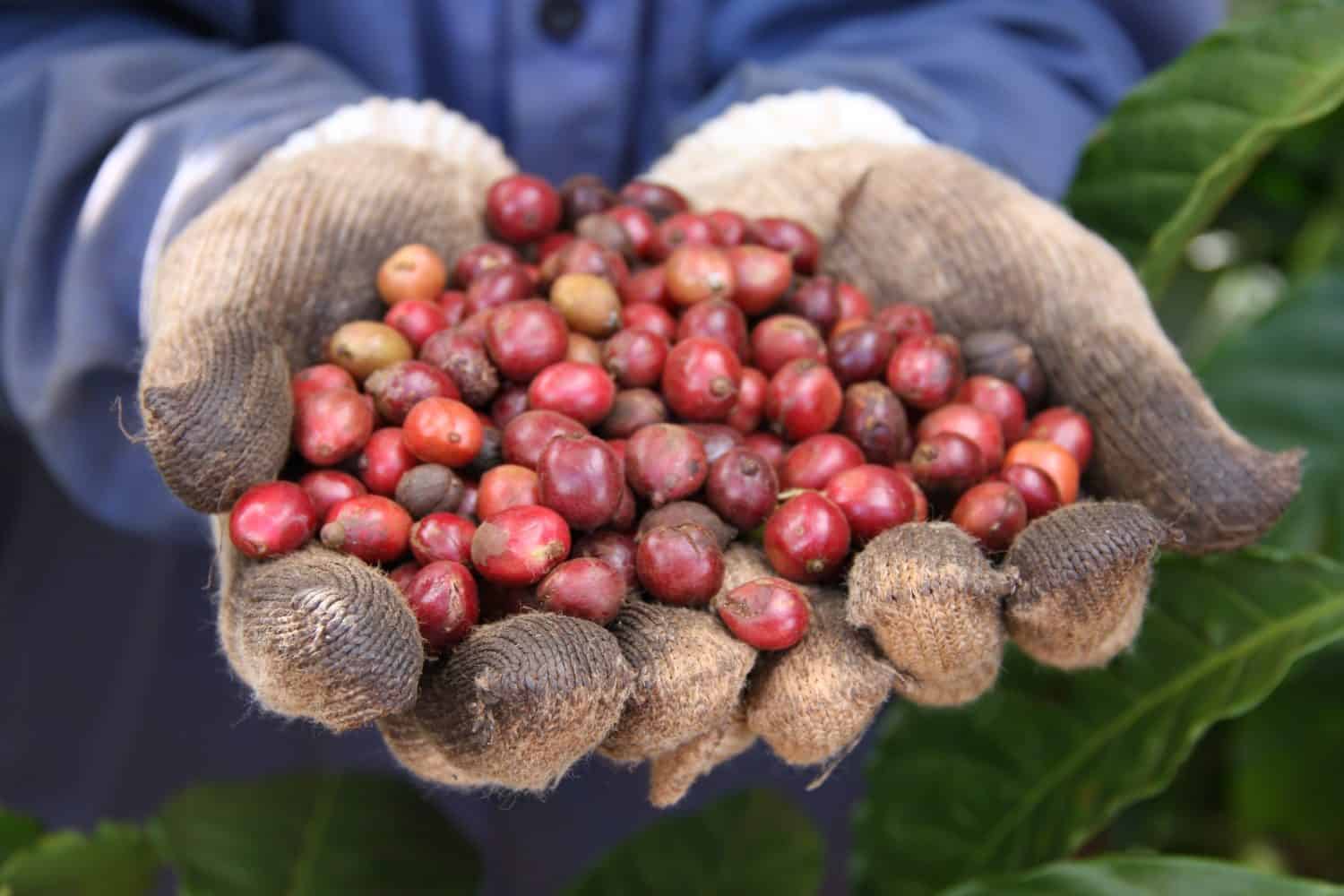
They may be called “coffee beans” but coffee actually comes from the pit of a red fruit called the coffee cherry. Coffee technically comes from the pip (the shell of a fruit seed), but coffee beans are so named because they resemble true beans like green beans.
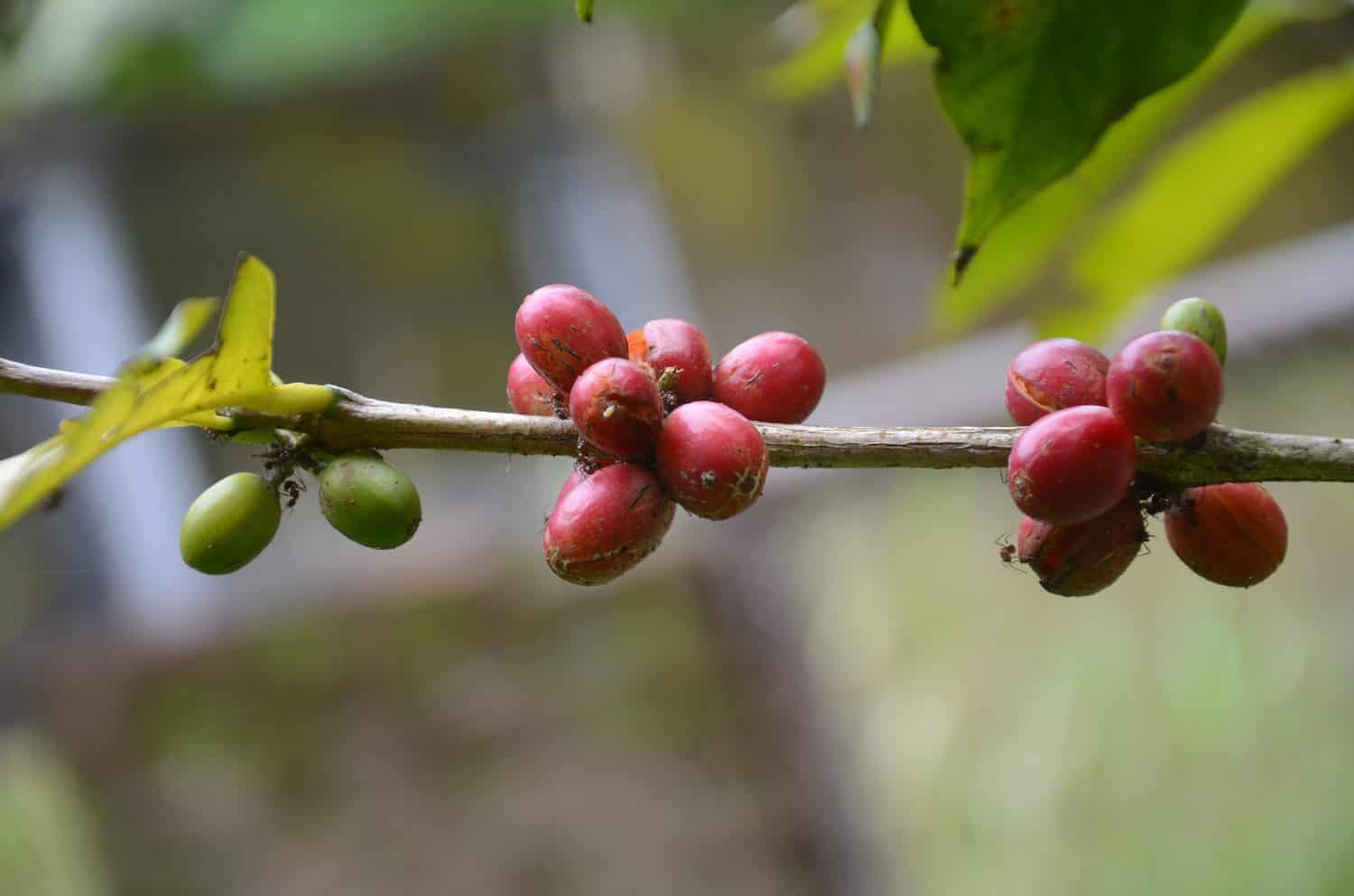
Coffee doesn’t come from a plant but rather from the Coffea genus of shrubs or small trees providing the coffee bean. Thanks to its little fruit pip, this subset of shrubs and small trees is one of the most valuable and widely traded commodity products on Earth, acting as a primary export for countries in the Caribbean, Africa, and Central and South America.
An Ethiopian farmer discovered coffee
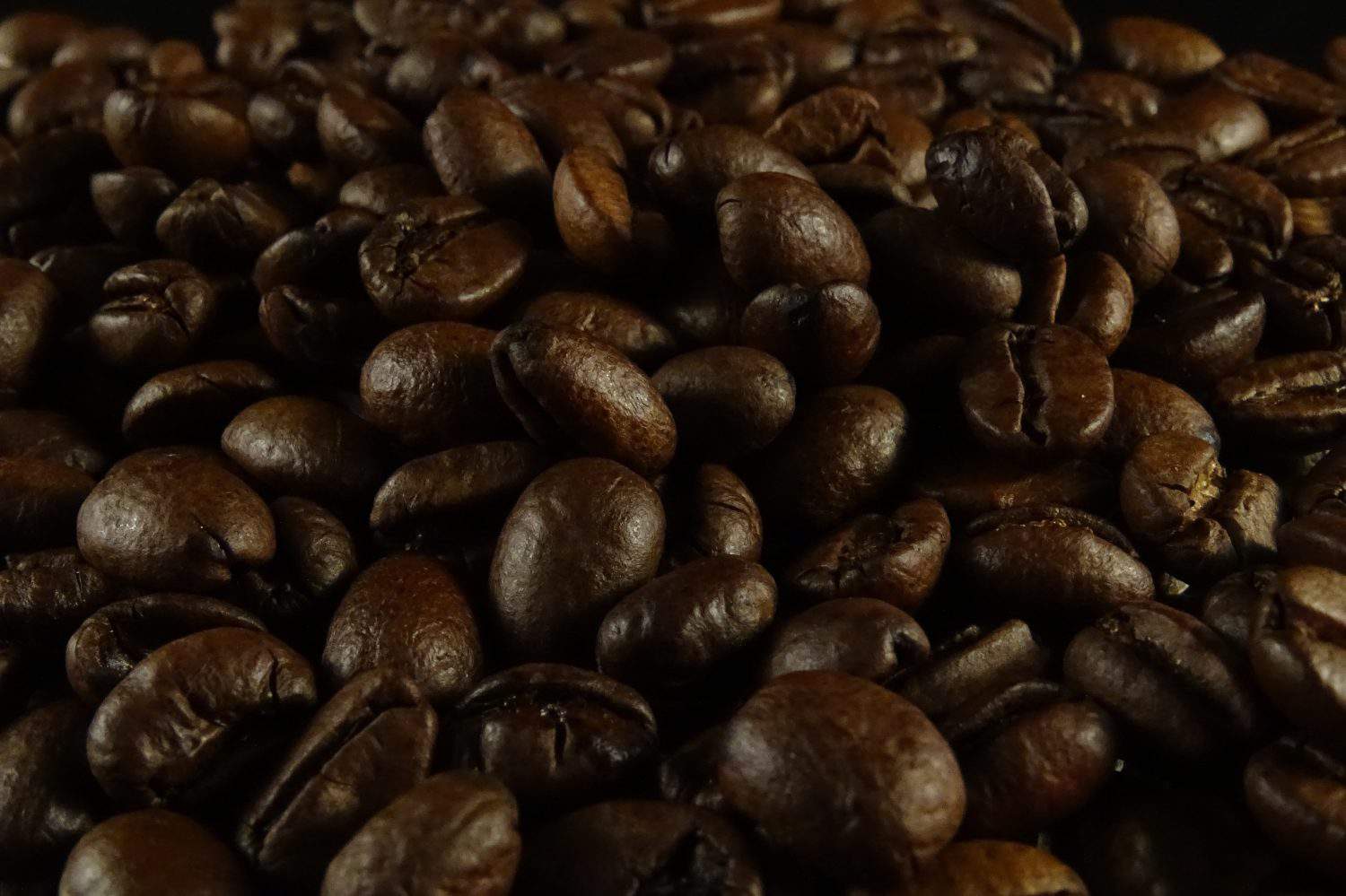
It is alleged that an Ethiopian farmer discovered coffee. According to legend, a farmer and herdsman named Kaldi discovered the coffee tree’s magical effects when he noticed his herd of goats constantly coalescing around a certain tree. Upon grazing the tree, the goats became energized.
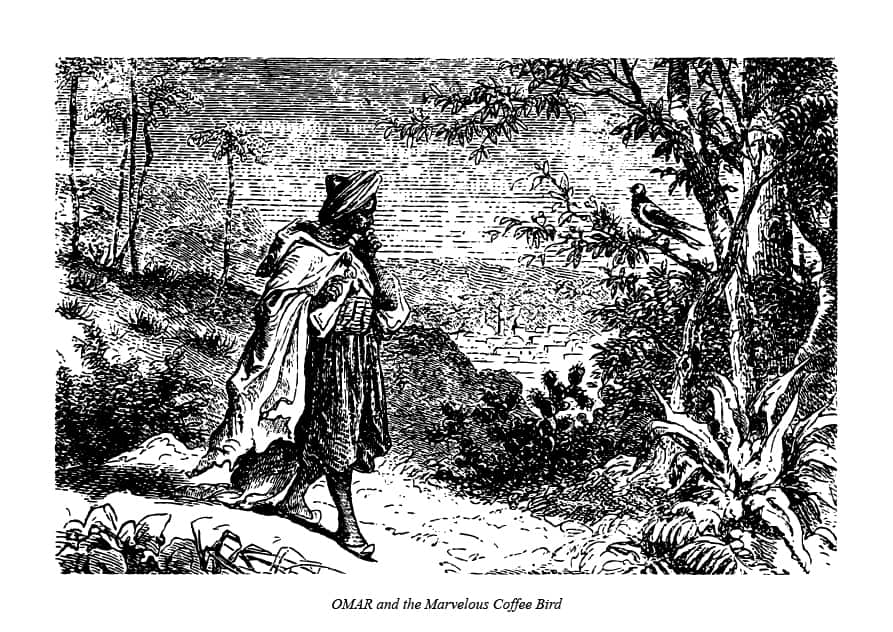
The story was not known until it was included in one of the first coffee treatises, the 17th-century “De Saluberrima potione Cahue seu Cafe nuncupata Discursus.” While it’s probably a safe bet to say the story is fictitious, there are other legends about the discovery of coffee. Others say it was Yemeni Sheikh Omar who, upon being exiled from Mokha discovered the coffee berries and ate them to survive.
Coffee has a more complicated flavor profile than wine
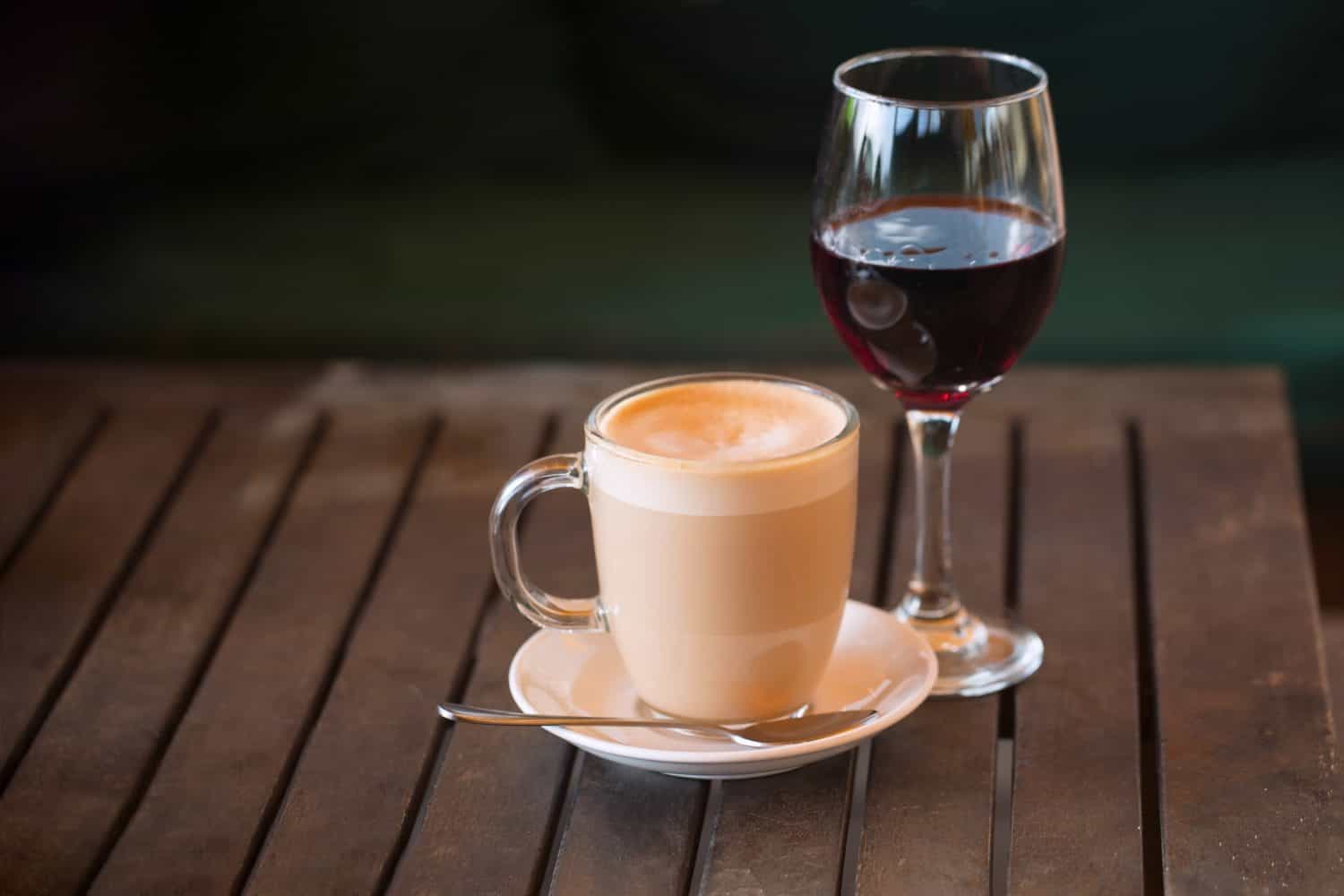
According to some estimates, coffee has at least 1,500 unique aromatic characteristics. Compared to wine, which features only 200 aromatic characteristics, coffee provides a far more complex flavor profile for your palette.

The Specialty Coffee Association of America created a flavor wheel to help coffeemakers judge the often subtle variations in taste. These include flavors like apricot and chocolate, as well as more interesting ones like straw or concrete. Moreover, professional coffee judges have a very different technique than wine sommeliers. Instead of delicately sniffing and sipping the beverage, coffee judges slurp coffee aggressively which helps account for the wide range of flavors felt in different parts of the mouth.
Brazil produces the most coffee
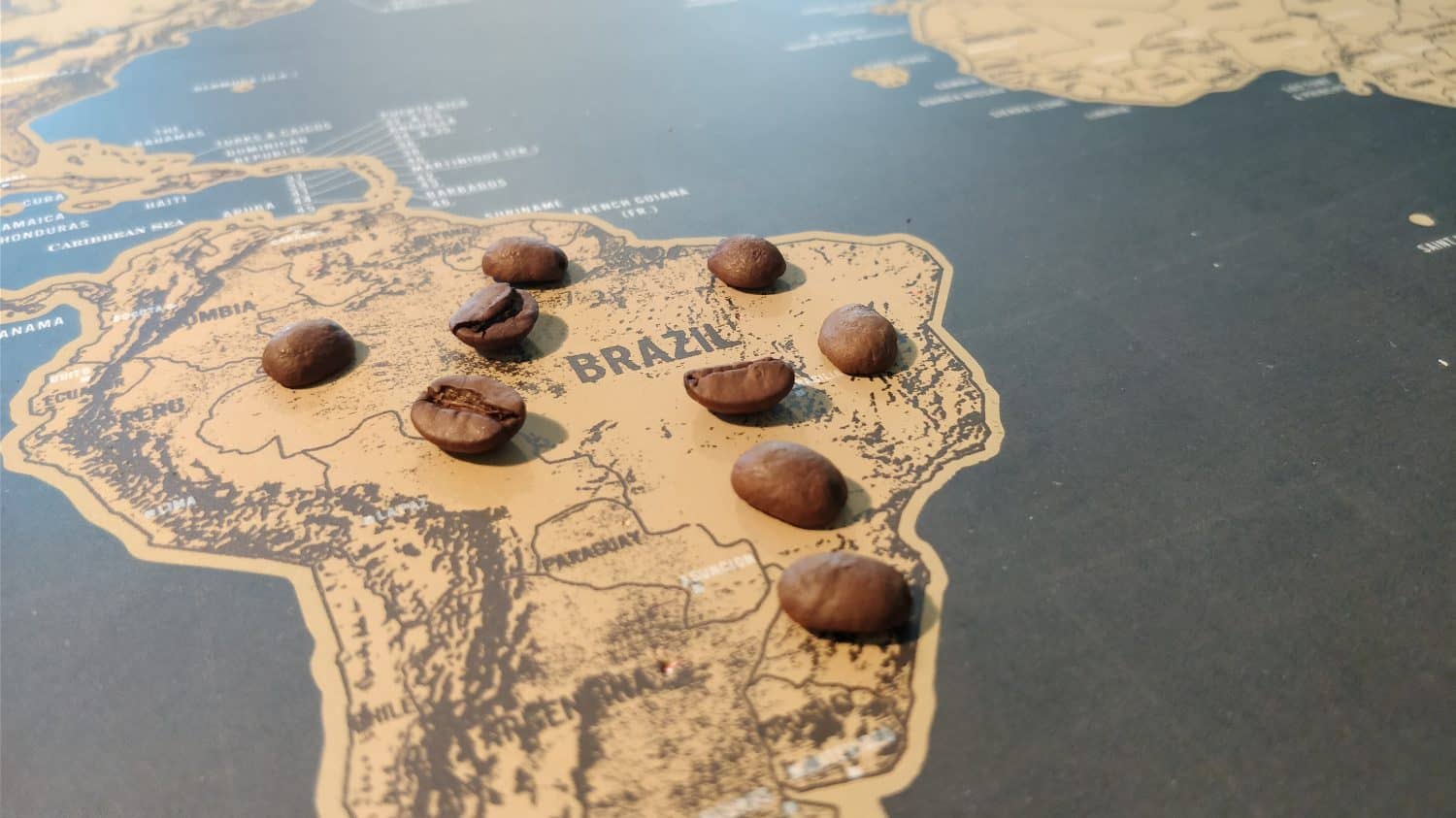
Thanks to its unique climate and soil conditions, Brazil is the perfect place to grow coffee trees on a large scale. This South American nation produces one-third of all coffee on Earth.

Brazil produced an impressive 2,592,000 metric tons of coffee beans in 2016 alone. The country is credited with being the highest producer of coffee for nearly two centuries. Vietnam comes in at number two in production, with 1,650,000 metric tons of coffee beans being produced in 2016.
Coffee uses four types of beans
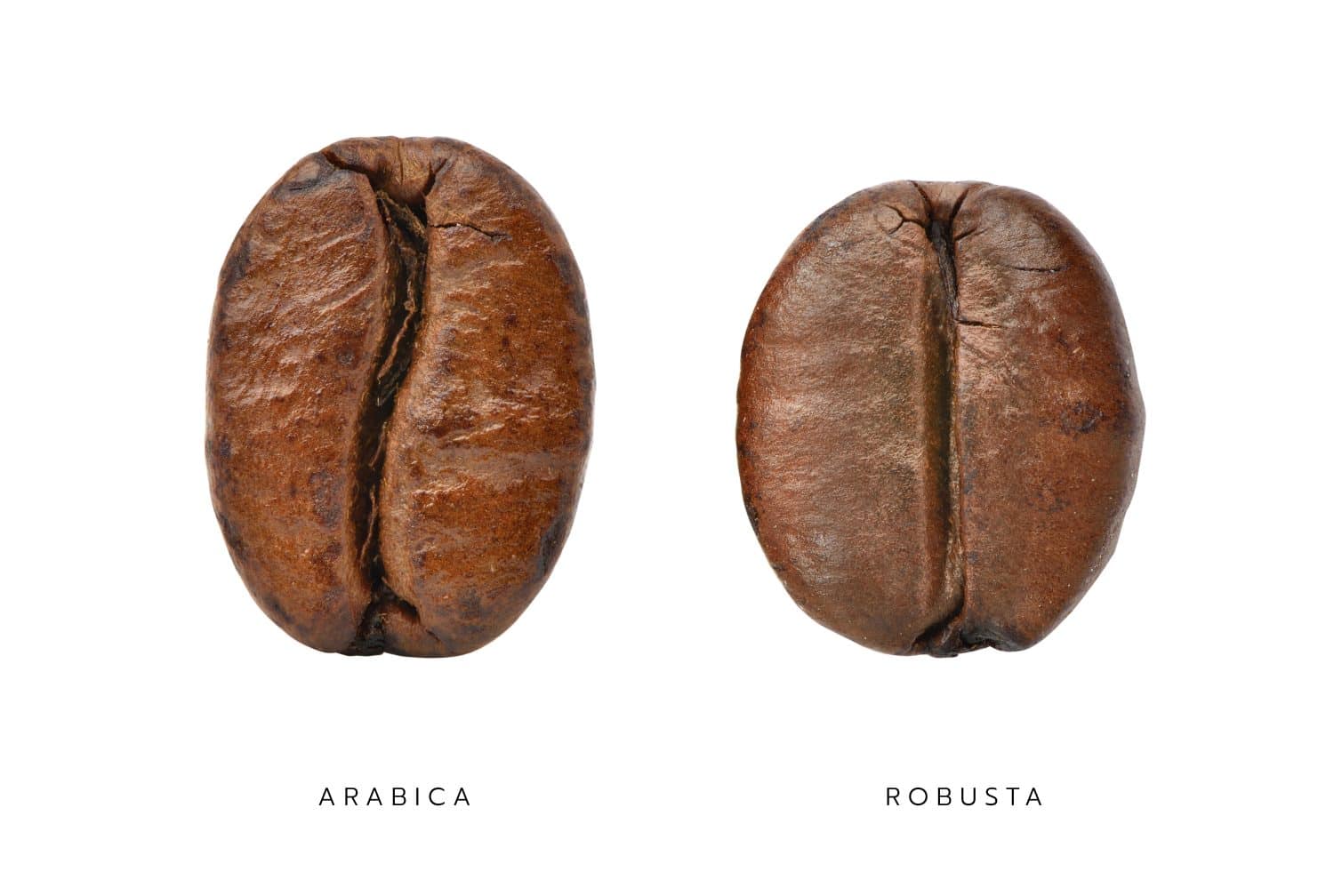
Just like different grapes produce different wines, different coffee beans can produce a variety of flavors. The most commonly used is Arabica, characterized by a slight acidity and a full-bodied flavor with hints of sweetness and flowers. The second most popular bean is Robusta, which features a higher caffeine content as well as an intense, bitter flavor. Robusta beans are more disease-resistant, making them easier to grow.
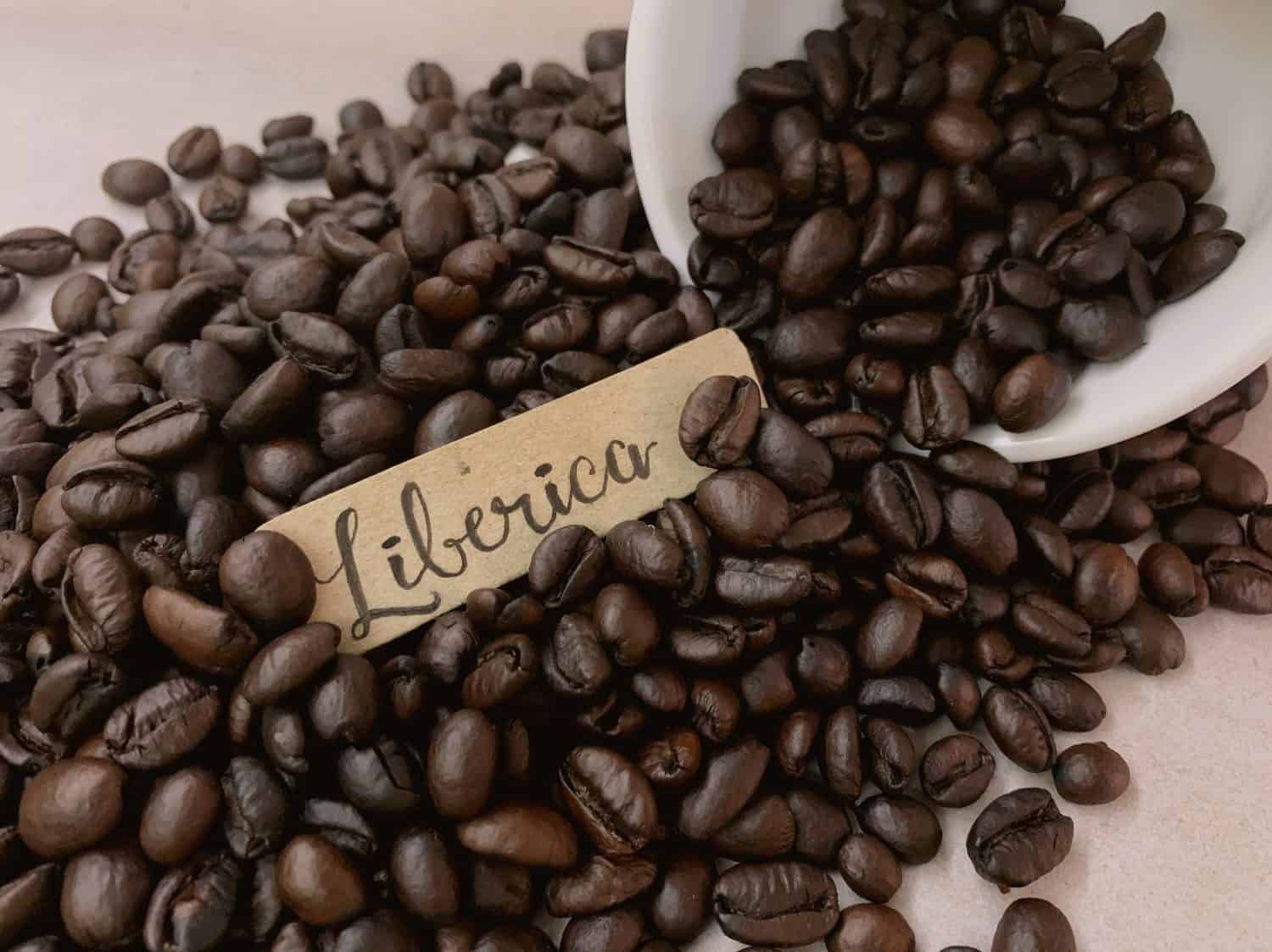
The other two types of coffee beans used are Liberica and Excelsa. Liberica beans are rare and characterized by their strong, smoky flavor. Excelsa beans grow in the same places as Liberica, namely Southeast Asia and Africa, but feature a more sweet and fruity flavor. There are countless subvarieties of these four main beans from each coffee-producing country.
A lighter roast has more caffeine
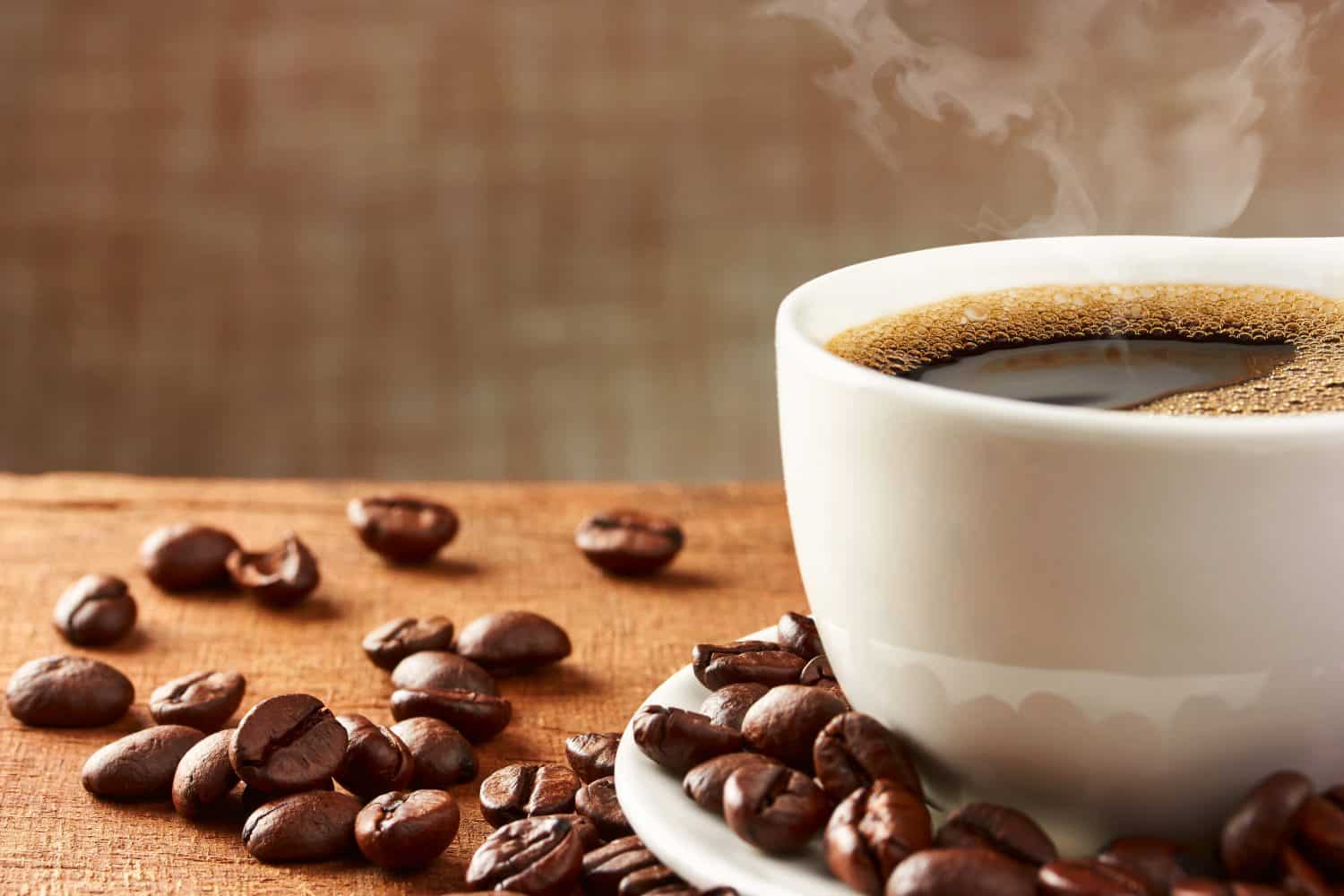
It may come as a surprise that caffeine levels depend on the roast. Lightly roasted beans have considerably more caffeine than their darker-roasted counterparts. Since caffeine is a natural feature of coffee beans, beans roasted for a shorter interval of time retain more caffeine.

Dark roast beans have far less caffeine. Since dark roasts require a longer roasting process, less caffeine remains once the process is done. This results in a far less energizing coffee bean but a more boldly flavored and aromatic cup of java.
The most expensive coffee is $600 a pound
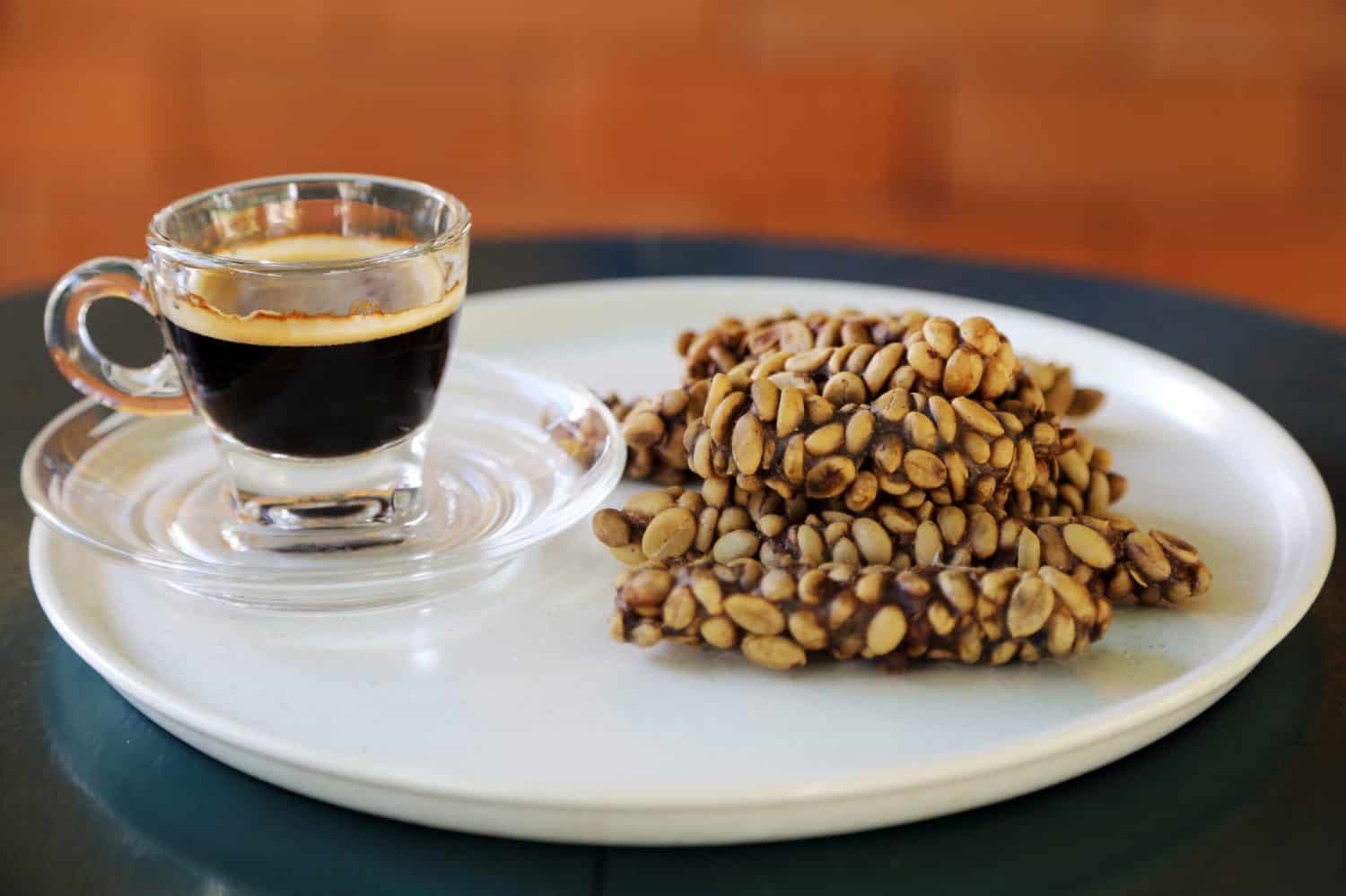
Coffee ranges in price from incredibly cheap to worth its weight in gold, and the most expensive coffee in the world costs $600 per pound. The expensive variant, named Kopi Luwak, comes from Indonesia and the way they arrive at their taste is quite fascinating. Endemic to the country is a cat-like animal called the “native Asian palm civet” that eats coffee beans before excreting them.
Farmers then collect the animal droppings and clean them before roasting them. This produces a coffee unlike any other, with a smooth, full-body flavor and intense aroma. Plus, the palm civet is picky about the beans it eats, so Kopi Luwak is also produced with higher quality beans on average.
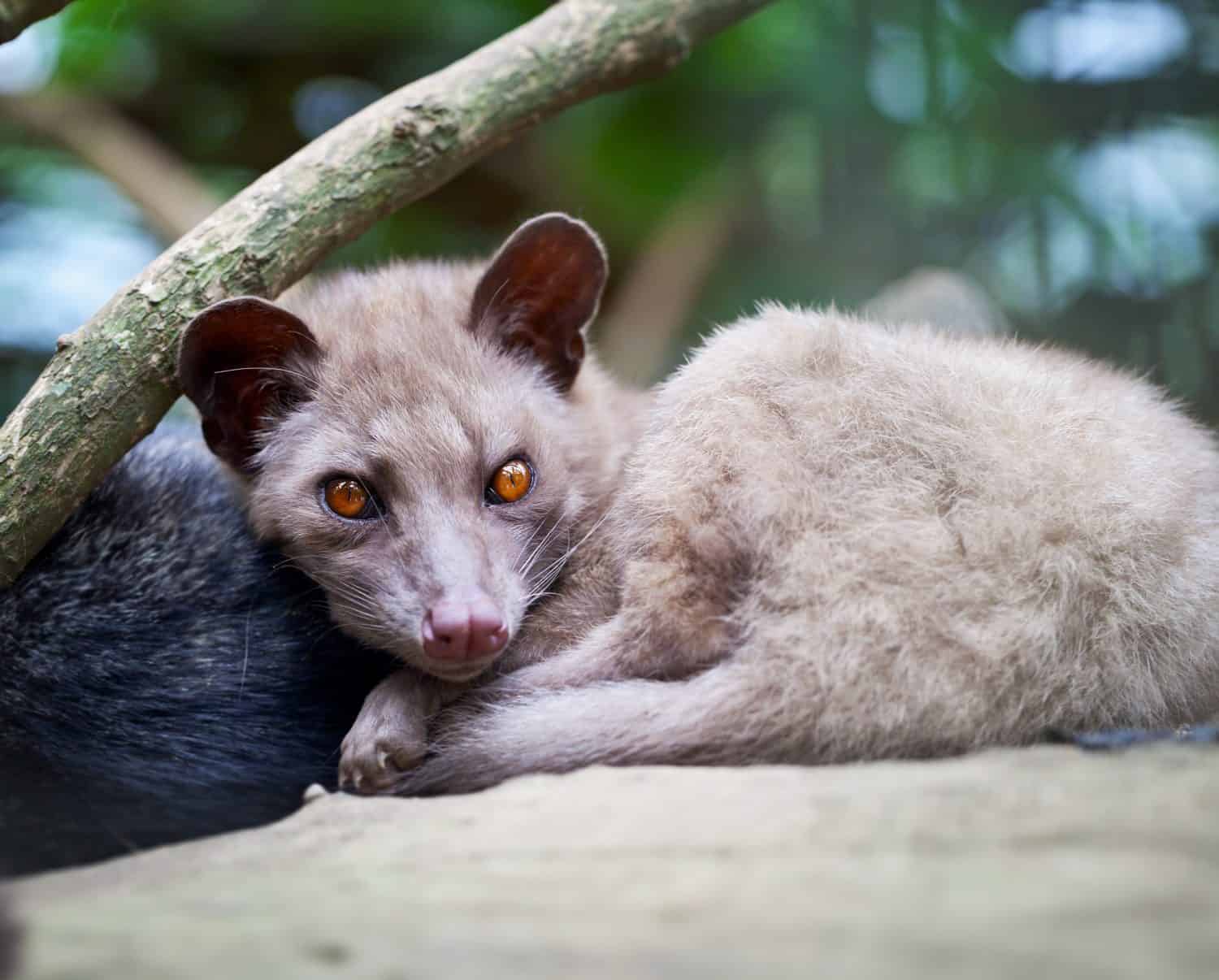
(To find a place that might sell Kopi Luwak beans, discover the 15 most popular independent coffee shops in America.)
Only two states produce coffee
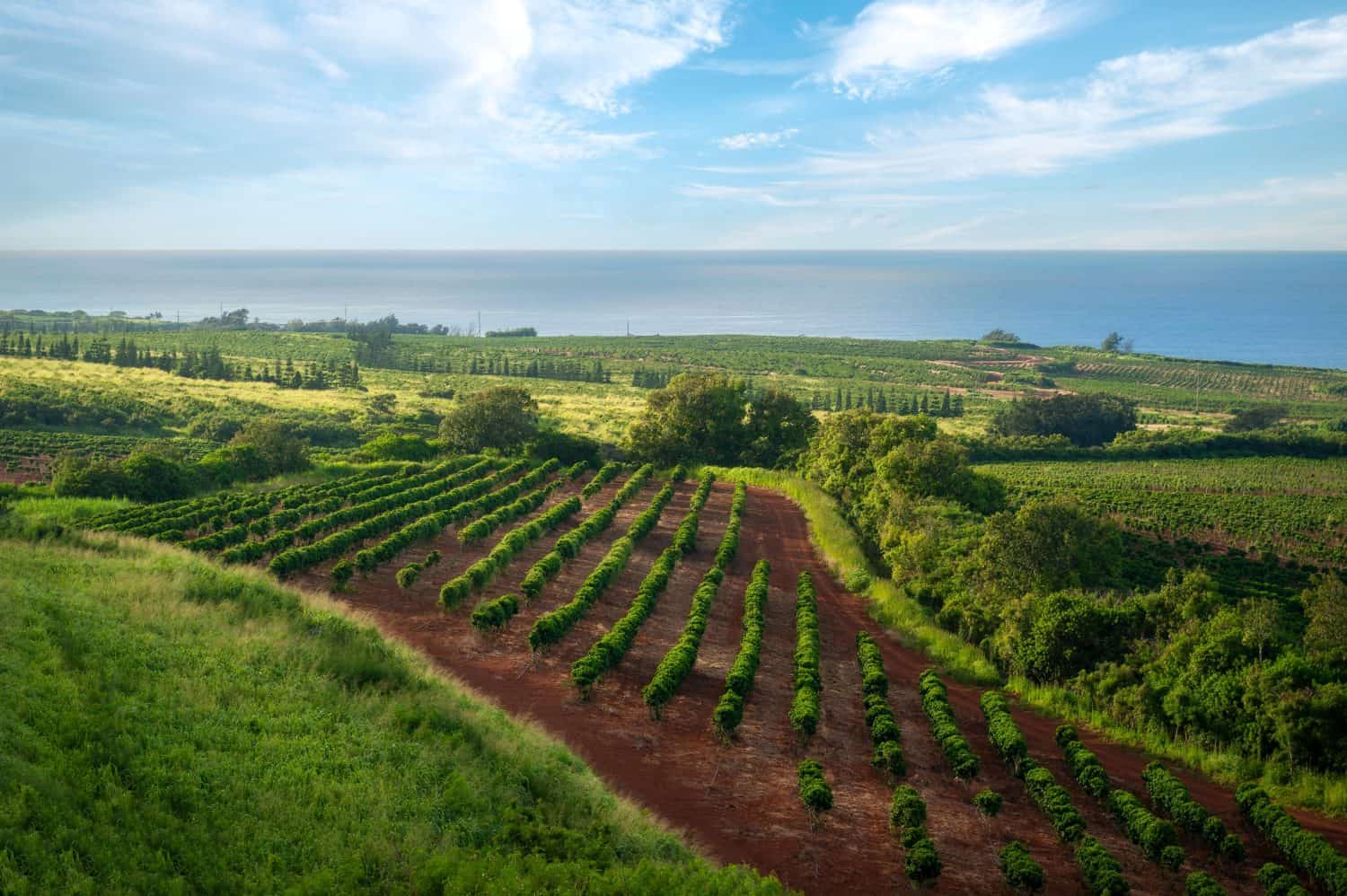
It may seem that many regions produce coffee but the United States doesn’t have a large agricultural imprint and only a few areas are capable of production. Since coffee grows best near the equator, most of the country is unable to provide the proper climate and soil conditions for coffee trees to flourish.
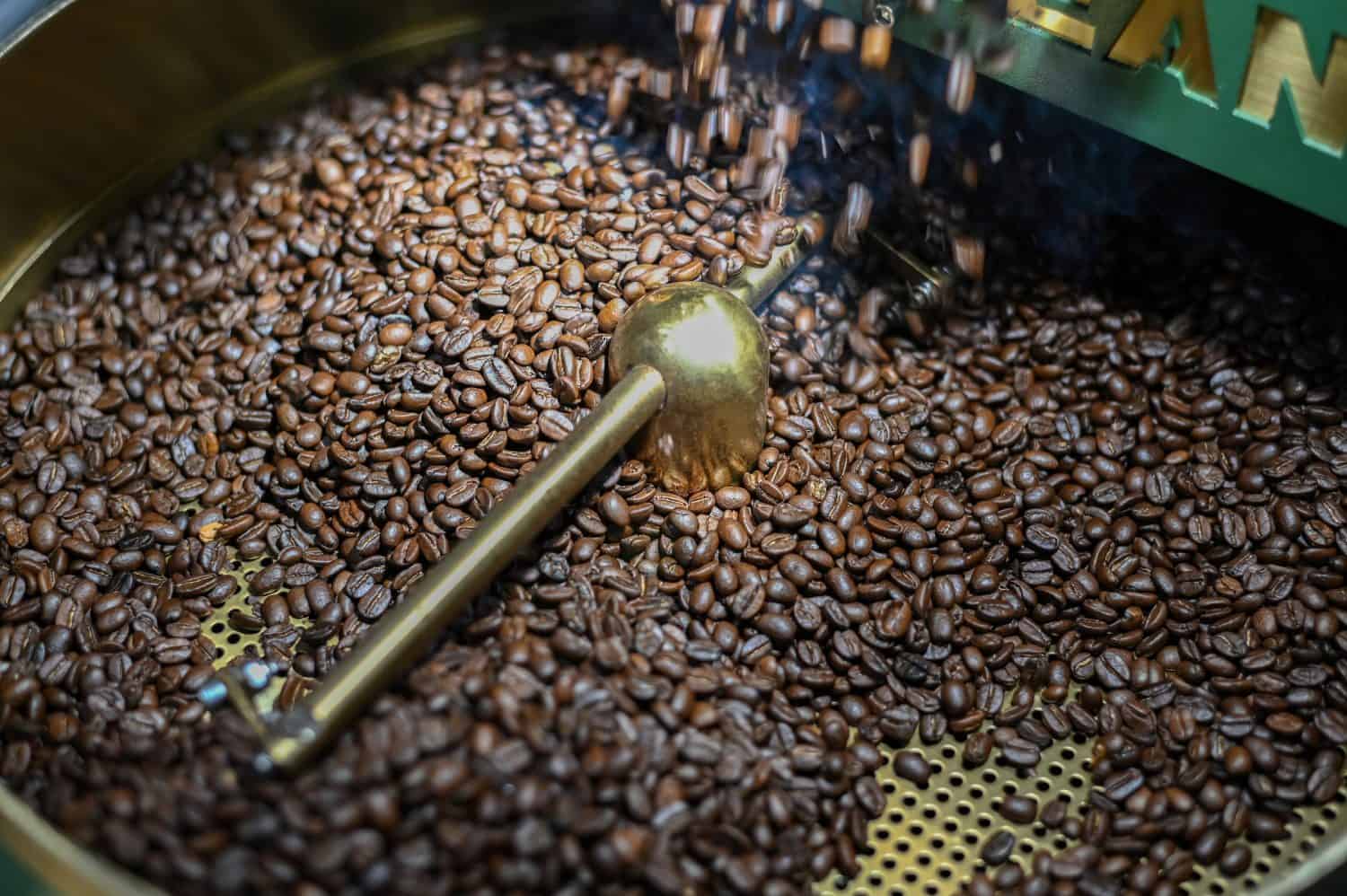
Thanks to its proximity to the equator and subsequent growing conditions, Hawaii is the leading American coffee producer. It is the Alhola state that produces the Kona Typica variety of coffee beans. Known for its balanced and slightly floral flavor, it tends toward a nutty cocoa taste when dark roasted. Hawaii has in-country competition, however, as California recently began growing and selling small batches of premium coffee beans.
The modern espresso machine was invented in 1938
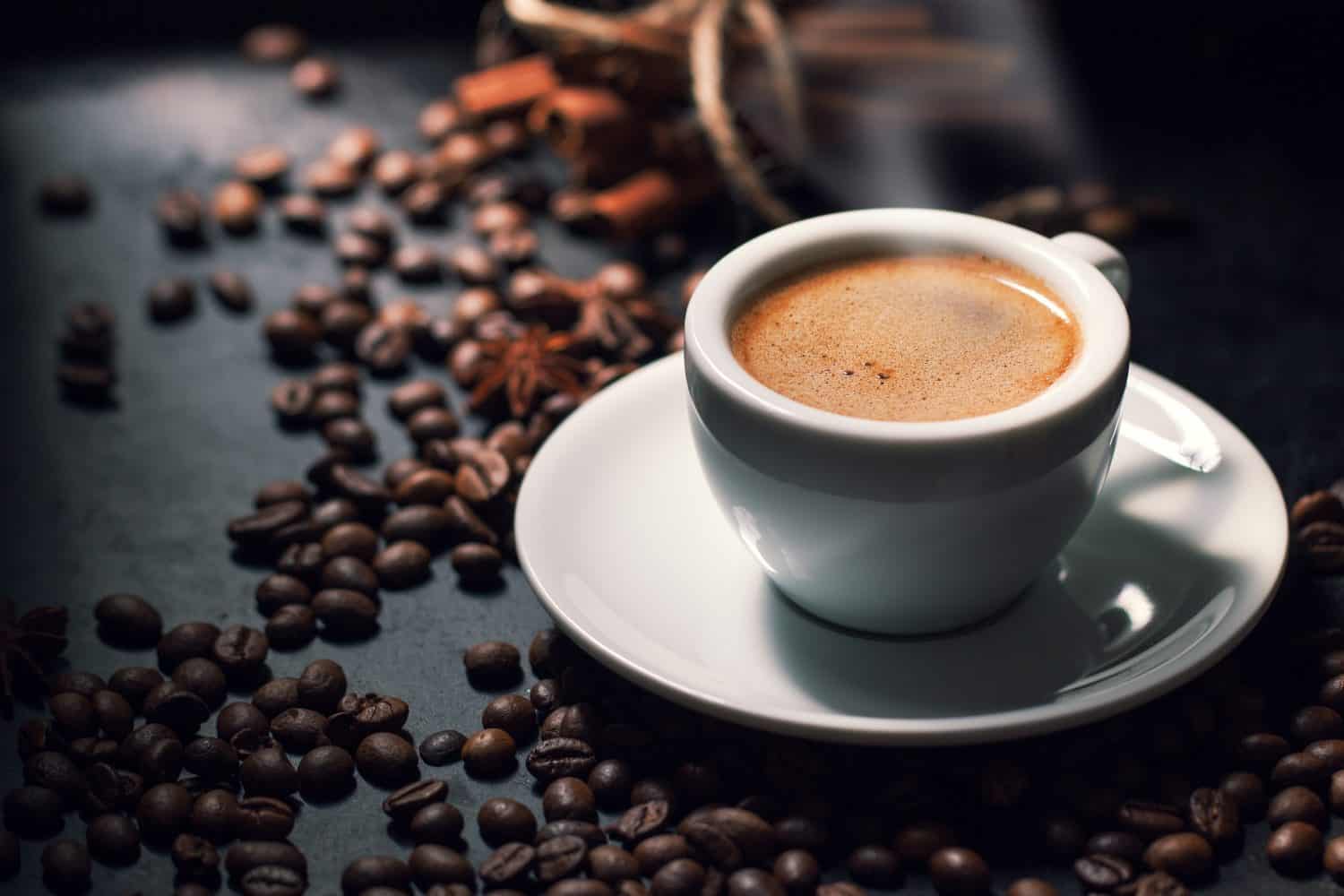
While espresso is a common method of coffee consumption and a symbol of the Italian love for quick coffee, its origins are relatively recent. The first coffee machine was created by a French inventor named Louis Bernard Rabaut in 1822. Although the groundwork of the espresso-based phenomenon of modern coffee shops is credited to Achille Gaggia in 1938.
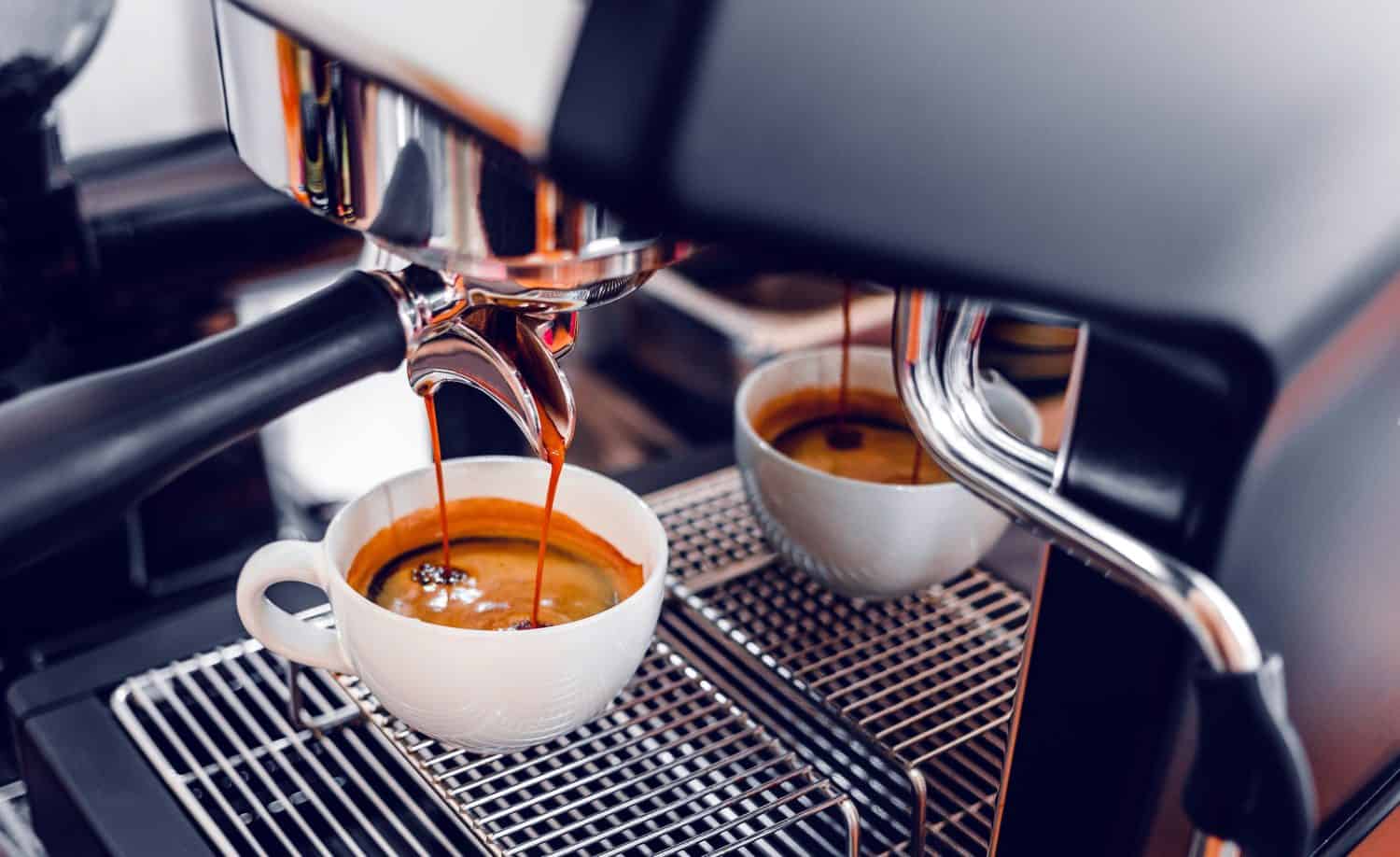
A coffee shop owner and inventor, Gaggia sought to create an automated way of making espresso, something that was previously made by hand. To accomplish this, Gaggia experimented with different techniques before finding success with a piston-powered espresso machine. Using levers to manually press hot water through ground coffee beans, the espresso machine was born, paving the way for places like Starbucks.
Coffee prolongs longevity

Coffee may be a tasty, enlivening beverage, but it also has numerous health benefits, one of which is that it may help you live longer or, at the very least, keep your mind crisp until a later age. According to various studies, regular coffee consumption can prevent the development of Alzheimer’s disease by reducing the amount of beta-amyloid in the brain.

The owners of the longest-living cat on record credited her longevity to coffee. Topping out at an incredible 38 years, the Guinness World Record holder named Crème Puff started every day with a meal of coffee, eggs, bacon, and broccoli. Even if you’re not a cat, coffee has also been shown to reduce inflammation and lower your risk of cancer. (If you’re looking for greasier food trivia, discover fast food facts everyone should know.)